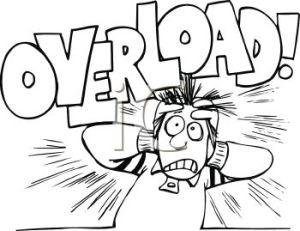All I can put it to is placebo effect, two replays I looked at had no difference with yaw, the car felt no different on the same combination. The car is drove on its limit in time trial mode with real track settings offline and as people say no aids except abs 1.
Mazda Roadster TC, SS tyres and no tunning.
Matterhorn Riffelse
Pre 1.15 = 1'20.250
1.16 = 1'20.366 (time lost last two corners)
Replay's will be made available to upload.
Underneath is the guide (red = 1.16 / black = 1.15)
View attachment 320573
I like to keep things simple so there should be no big words and not as technical

.
This chart is the yaw for the 2 laps and as you can see they run very close together, there is slight variations and should be as you are not going to get a 100% equal lap so they should be slight variations. One thing to note is the rise in the black (1.15) line after 1min 10 sec this was down to my input as I made a slight mistake so this has an effect on the yaw.
The matterhorn riffelse track's first corner is a hide speed corner, with the apex been on the top of the rise so this should of shown a definitive answer I would of thought, but it shows minor differences which is expected.
View attachment 320576
This chart is the steering angle, again as you can see they again are very similar, around the 50 second mark there is what looks like a large difference, this again was down to me.
View attachment 320619
What im trying to say is the effect on the yaw and steering input was down to myself, all the slight errors are highlighted significantly when you start to review in close view.
If you have watched the two replays that were reviewed earlier there is a few errors which have contributed to the effect of yaw and steering input over the lap.
Two replays I watched and viewed on the data log
There is a mistake for instance on corner 7 where the braking was late which in turn caused the car to understeer, before this point he was .3xx ahead of his 1.16 lap time and if the driver had braked at around the same time then that corner would of been very similar in inputs as 1.16.
To me overall the driver's input has had more of an effect then any subtle changes to the game, even when reviewing my own replays the differences have been when I have done something slightly different even been a few KPH out going into a corner produces more steering lock as you try to hit the apex.
If that was the case then most people would notice it I would assume ?
If it put the power down more predictably would it not increase the lap time as you can get on the power earlier ?
I did think you had touched onto something even though I cannot feel any difference. Then I sat down and watched mine and the uploaded replays and then looked at the data while comparing them to the replay's and its made me more unsure as driver errors have had more of an effect.




 .
.